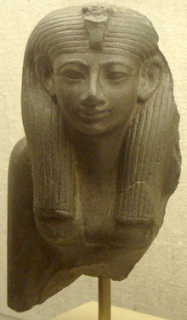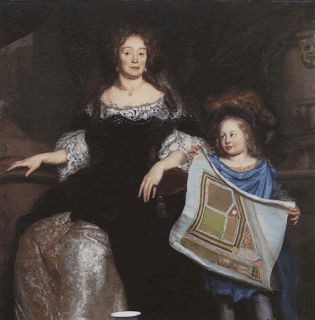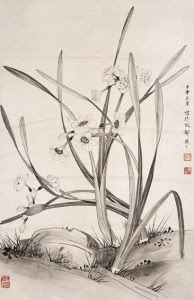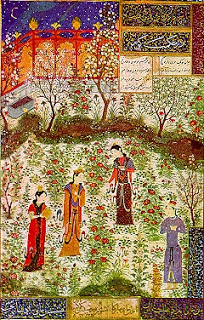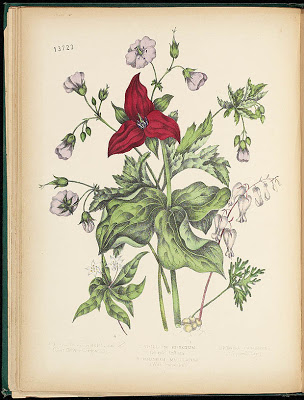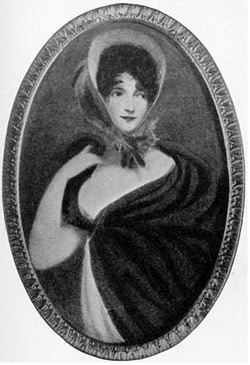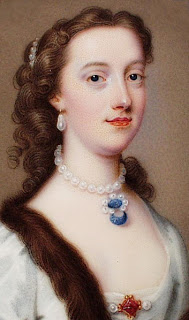Considered one of the Seven Wonders of the World, the Hanging Gardens are still a mystery today. The story goes, around 600 BC, King Nebuchadnezzar of Babylon (now modern day Iraq) created these wondrous gardens to appease his new homesick wife the Princess Amytis of Persia (now northern Iran). She missed the green hills of her homeland and the King who was considered to be a great builder of his time, thought nothing about building lush green gardens for her. Now that’s love. The garden was terraced with arched vaults and stood 75 feet high (22.5 M) and 100 feet square (30 M). It was built of stone and brick and was capable of growing large trees. A well with…

